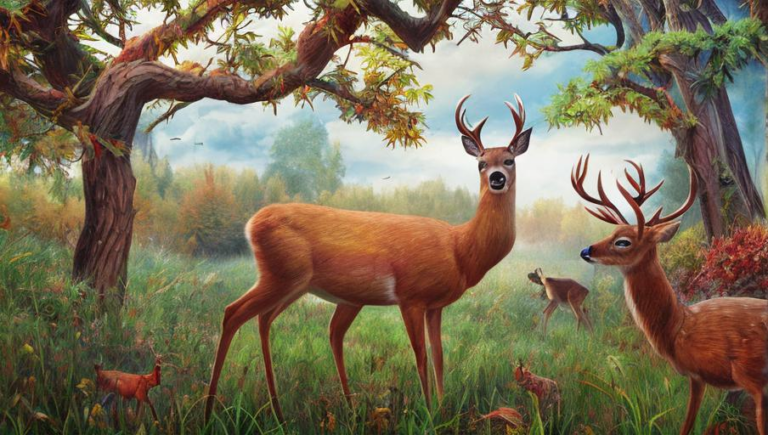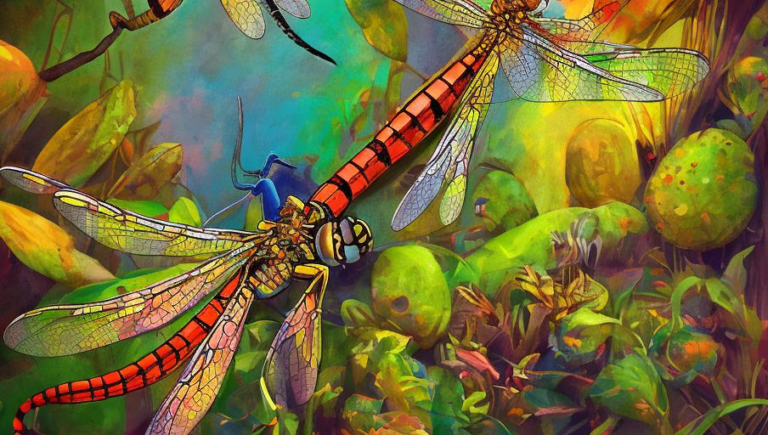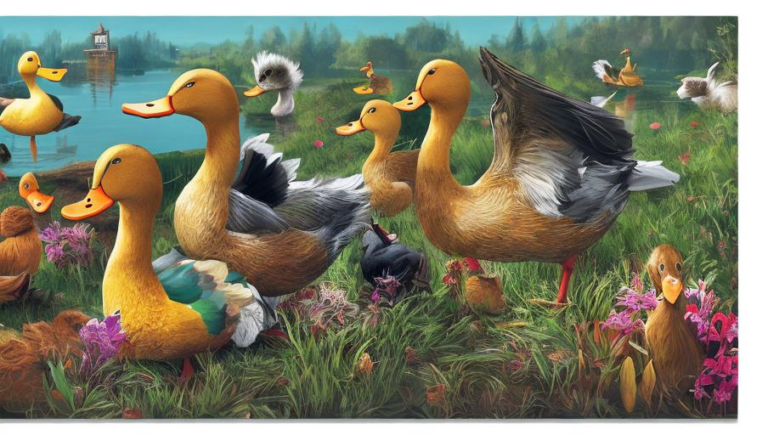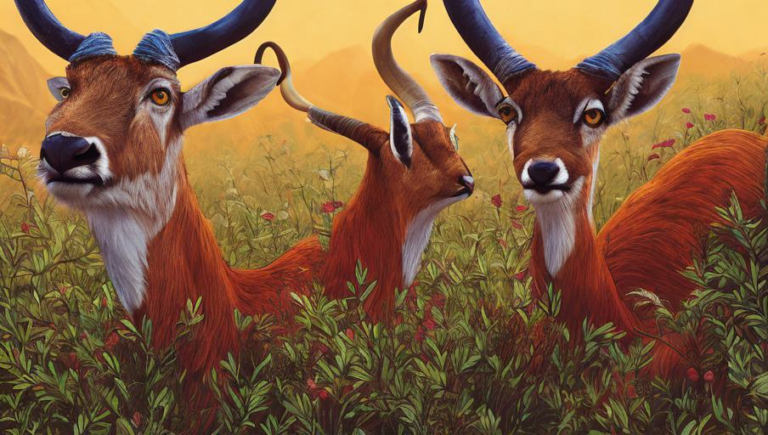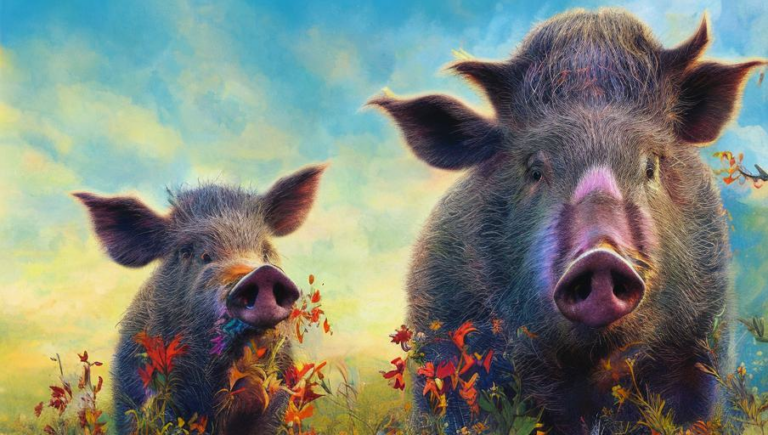Q is for Chough: An Introduction to the Species
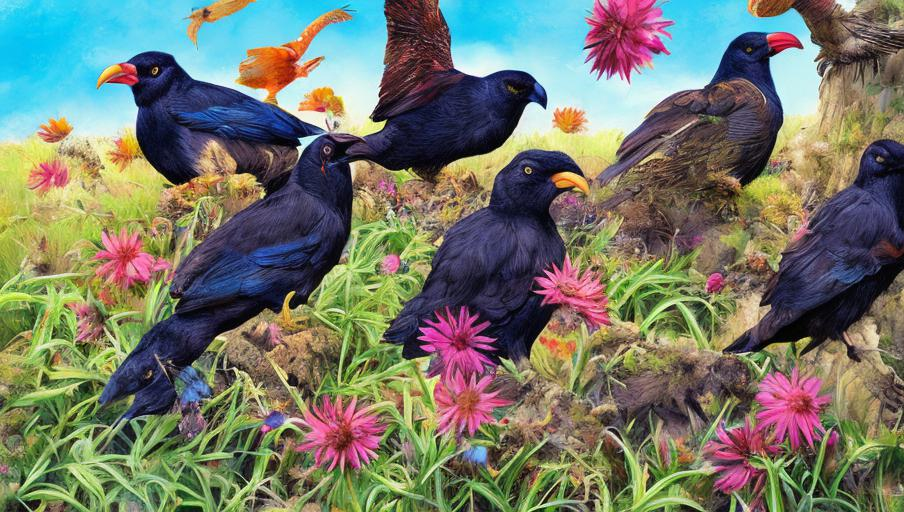
Q is for Chough: An Introduction to the Species
The Chough, or Pyrrhocorax pyrrhocorax, is a species of bird that is native to Europe, the Middle East, and parts of Asia. It is closely related to the jackdaw and is a member of the crow family. Choughs are easily recognizable by their long, slender red bills, black feathers, and red legs. They are also known for their distinctive call, which is a loud, ringing “chow-chow”.
Habitat and Diet
Choughs can be found in a variety of habitats, including open grasslands, rocky cliffs, and coastal areas. They are omnivores and feed on a variety of different foods, including insects, grains, berries, and carrion. They will also scavenge for food in urban areas, such as parks and gardens.
Behavior
Choughs are highly intelligent birds and have complex social lives. They form large flocks and travel in tight family units. They are also highly vocal and can be heard making a variety of different calls. Choughs are known to be loyal to their partners and are able to recognize their mates even after long separations.
Reproduction
Choughs breed in the spring and summer months, usually between April and July. The female typically lays two to four eggs which are incubated for around three weeks. The chicks fledge after four to five weeks, but remain with their parents for several weeks until they become independent.
Conservation Status
The Chough is listed as a species of least concern by the International Union for Conservation of Nature. However, it has experienced a population decline in recent years due to habitat loss and persecution. Conservation efforts have been successful in some areas, but more work is needed to ensure the long-term survival of this species.
Conclusion
The Chough is a fascinating bird with a unique appearance and behavior. It is a species of least concern, but there is still much work to be done to ensure its long-term survival. It is important to be aware of the threats that this species faces and to support conservation efforts that help protect it.
